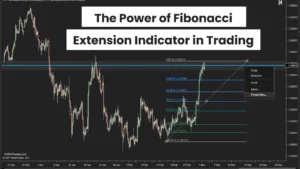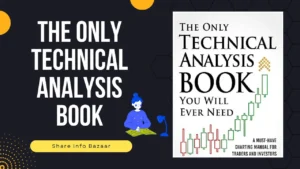Introduction:
Welcome back, friends! In this blog post, we will discuss a step-by-step strategy for trading large-cap stocks. Investing in large-cap stocks helps reduce risk and provide consistent returns, especially when the volatility level in the market is high.
Table of Contents
Large-cap stocks are known for their stability and long-term growth potential. By following the strategy outlined in this blog, you can aim to double your investment in three years or less. So, let’s learn the steps to successfully trade large-cap stocks.
Step 1: Choosing the right companies:
The first step in this strategy is to select the top hundred companies based on market capitalization. These companies are classified as large-cap stocks. The next 150 companies are considered mid-cap stocks, while the rest are small-cap stocks.
To ensure we pick the best large-cap companies, we need to focus on market capitalization and valuation. Companies that are overvalued should be filtered out using a screener. For example, if the market capitalization is less than 100 crores, it is not suitable for investment. We can also look at other valuation metrics like the price-to-earnings (P/E) ratio. Stocks with high P/E ratios may indicate overvaluation.
Let’s look at some examples of large-cap stocks based on market capitalization and P/E ratio:
IndusInd Bank: P/E Ratio – 52
Infosys: P/E Ratio – 57
Titan: P/E ratio – 91
Avenue Supermart: P/E Ratio – 107
Tata Steel: P/E Ratio – 100
ICICI Bank: P/E Ratio – 73
By filtering out companies with high P/E ratios and focusing on strong fundamentals, we can create a list of potential investment opportunities.
Step 2: Assessing Profitability:
Once we have a list of potential large-cap stocks, the next step is to evaluate their profitability. We can do this by looking at the net profit of these companies. Companies with net profit above 5000 crores can be considered financially stable.
Suppose we find 60 firms that meet this profitability criterion. Now, we divide these companies into two categories – government companies and non-government companies.
In Public Sector Undertakings (PSUs), we can consider a 30% decline from their all-time high closing price as a buying opportunity. For non-government companies, a 20% decline from their all-time high closing price can be considered a buying opportunity.
Step 3: Identify buying opportunities:
Now that we have identified potential buying opportunities, we need to mark the levels at which we will buy these stocks. For public companies, a buy level is when the share price falls 30% from its highest-ever closing price. For non-government companies, a buy level is when the share price falls 20% from its highest-ever closing price.
For example, if Bajaj Finance has an all-time high closing price, we would buy the stock when it falls 20% from that level. Similarly, for SBI, a government company, we will buy the stock when it falls 30% from its highest-ever closing price.
Step 4: Selling and making a profit:
Once we buy these stocks at specified levels, we need to set sales and profit-taking targets. For private companies, we can sell stock when it rises 20% above our purchase price. For government companies, we can sell stock when it rises 30% above our purchase price.
It is important to note that achieving these levels can take time. It may take months or years for a stock to reach sell-off levels. Patience is key in share trading.

Wisdom and Discipline in Stock Trading:
Stock trading requires wisdom, experience, and discipline. It is not only about technical skills but also about understanding market behavior and human psychology.
By following the steps outlined in this blog and gaining knowledge and experience in the stock market, you can build a well-diversified portfolio and earn consistent profits.
Remember to subscribe to our channel for more valuable insights and trading strategies. We wish you the best in your stock trading journey!











